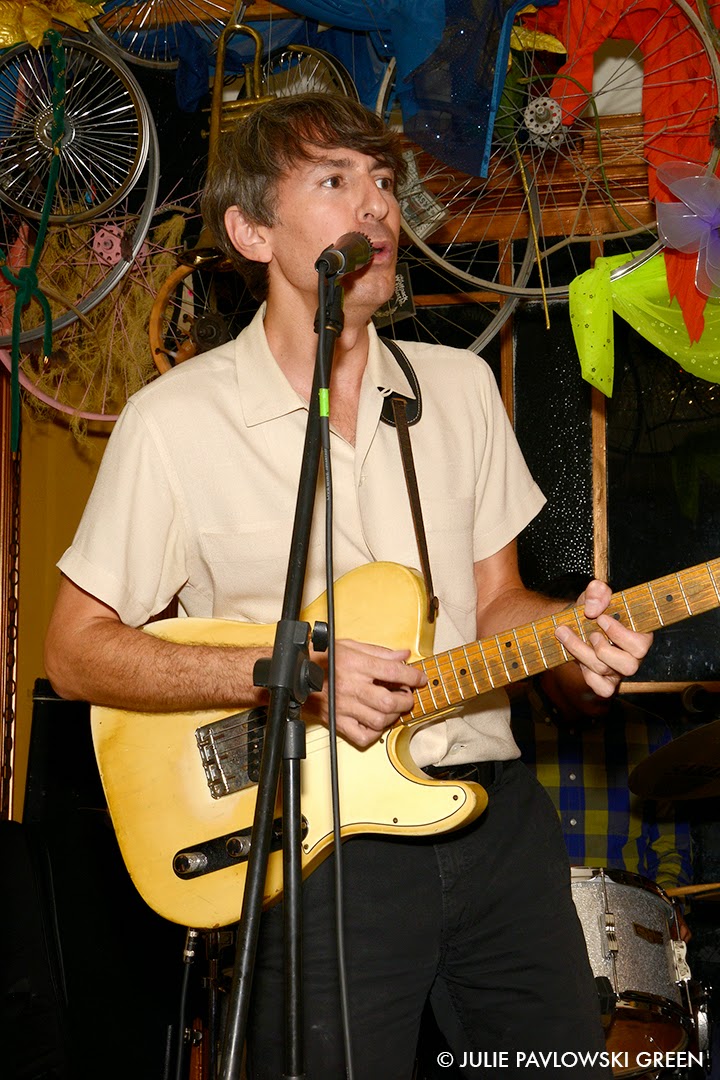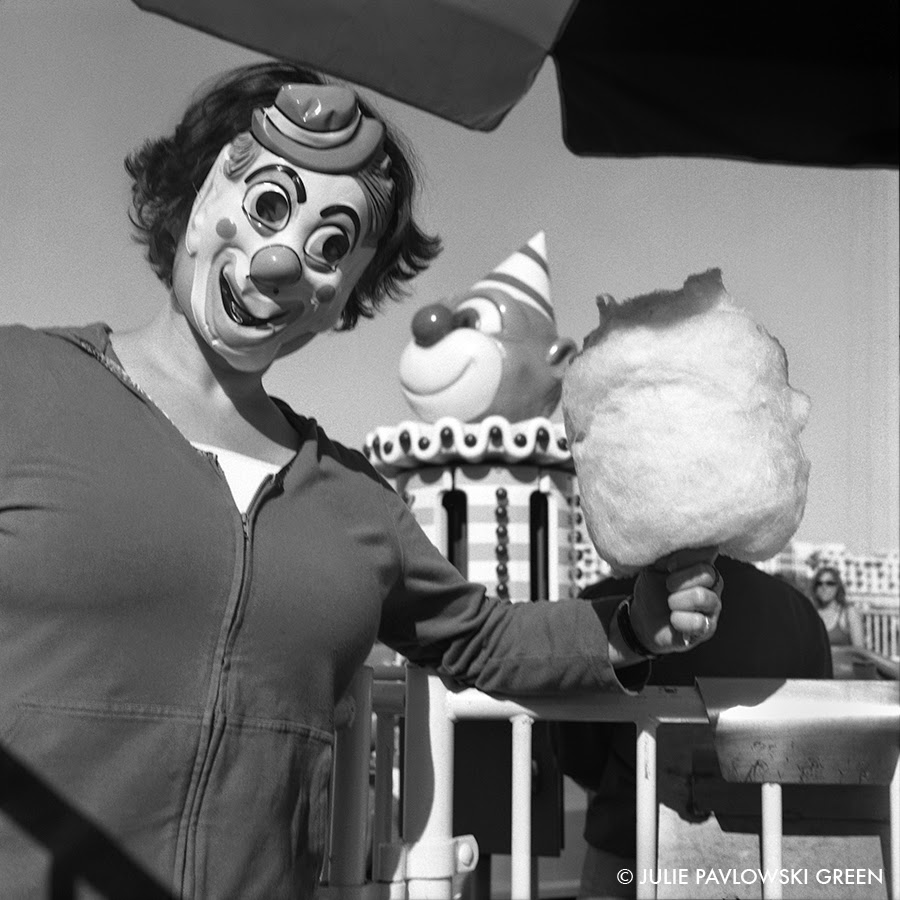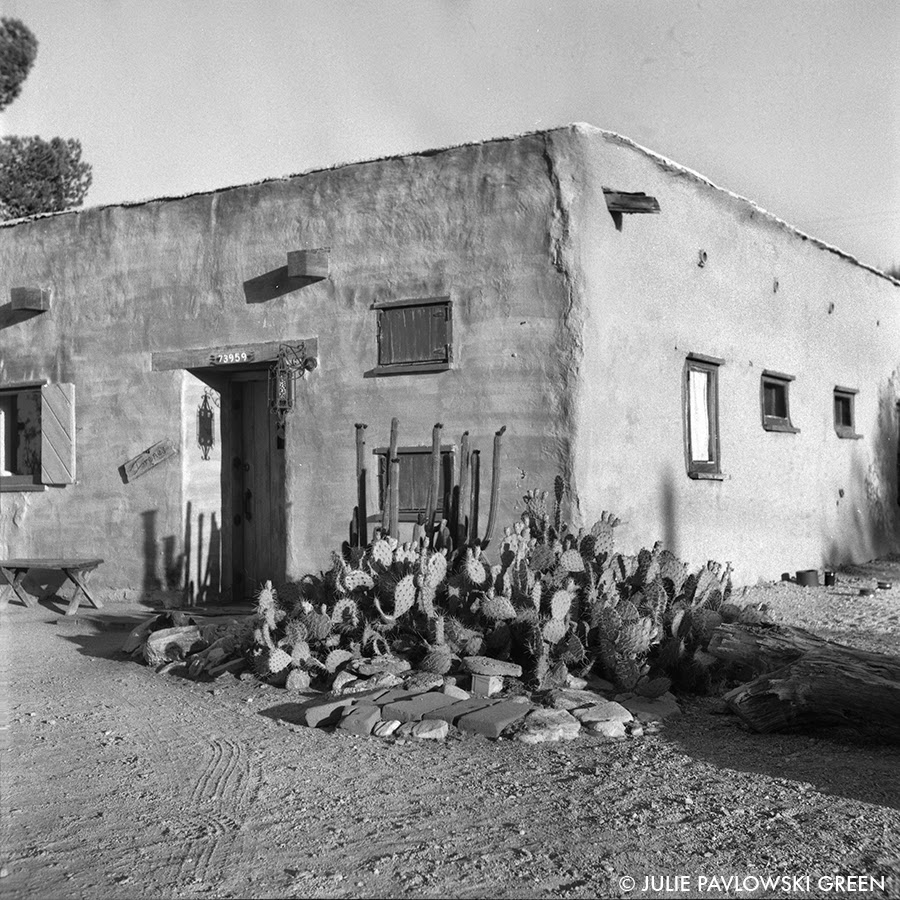Posts
Showing posts from September, 2014

Posted by
Julie Green
Bart Davenport: A Day in the Life of a Rock 'n' Roller
- Get link
- X
- Other Apps

Posted by
Julie Green
Cotton Clowndy from The Mask Series
- Get link
- X
- Other Apps

Posted by
Julie Green
Bob Baker: The Making of His Magical Marionettes
- Get link
- X
- Other Apps

Posted by
Julie Green
Irene's Adobe: La Querencia
- Get link
- X
- Other Apps